 Lori Lewis is frequently asked about how stations can best use social media assets like Twitter and Instagram. Today, Lori has a shining example of Twitter done right that is still playing out in real-time…on a public radio station. – FJ
Lori Lewis is frequently asked about how stations can best use social media assets like Twitter and Instagram. Today, Lori has a shining example of Twitter done right that is still playing out in real-time…on a public radio station. – FJ
Understanding what it takes to build and sustain an active social fan base is critical as the space expands and becomes an even more integral part of people’s lives.
But in order to earn anticipation socially, it means you want to be less about empty contesting and self-promotion, and more about interplay – that “engagement” word people like to toss around. And while you hear everyone use the “e” word, you seldom see brands follow through with it. Is it because it’s simply become an empty buzzword that everyone uses to define their philosophies?
Engagement is about reciprocation. Your fans share your content and you share theirs in return. Amplifying their voice and making them feel seen and heard – a genuine exchange among brands and fans.
Not the frivolous, forgettable stuff we typically see on Facebook, Twitter, and Instagram. Like when brands always retweet the praise they receive from fans, which has become boring and self-indulgent. Or when stations try to create “occasions” by incessantly promoting contests, promotions, or guests. Or when they set “like” and “follower” goals rather than striving to create stronger bonds with core fans.
So to give you an example of what real exchange looks like in a very compelling and visual way, all the while complementing a brand’s culture and elevating its fans’ values, consider a current social campaign that’s being engineered by Michigan Radio/WUOM, a public radio station here in the Great Lakes State.
Responding to a recent Gallup poll that found 37% of people here in “The Mitten” would rather live somewhere else, Michigan Radio asked its audience this question: Why do you stay in Michigan?
This is a big issue here in Michigan, given the Detroit bankruptcy, a state that was highly affected by the recession, “youth flight,” and an impossibly tough winter. So when the study came out, Michigan Radio knew their audience would respond in a visceral way to these difficult stats. They chose Twitter and Instagram as the social platforms that would provide their audience with a voice and a mission. It’s inspiring to see them use both of these outlets. Here’s why:
Public Radio’s Techsurvey5 revealed that 22% of WUOM respondents used Twitter. (PRTS6 is in the field now and we assume the percentage will grow since we saw the use of Twitter increase by leaps in bounds in the commercial radio version of our study, Techsurvey10.)
So while the 22% represents a much smaller fraction than those who say they use Facebook, Michigan Radio knows they need to serve fans everywhere – not just on the social platform that scales the best.
So the first tweet went out after the story aired:
And the answers came “tweeting” in – as fans offered compelling, moving visuals of Michigan’s beauty – demonstrating how social communication can complement the core values of an audience.
Here’s just a sample of “why they stay” in Michigan:
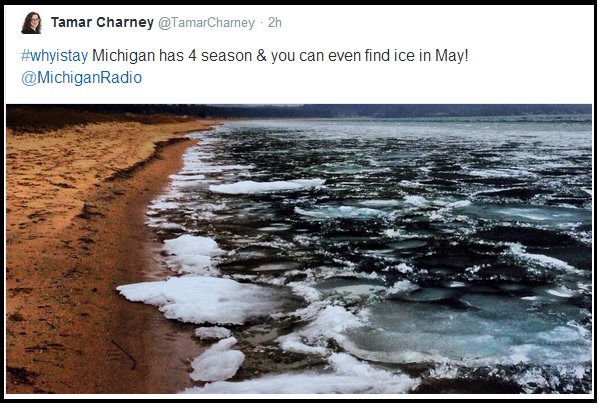 Radio has some of the greatest brands in media – but that doesn’t mean we’re entitled in the social space. We have to work at this, just like Michigan Radio is doing.
Radio has some of the greatest brands in media – but that doesn’t mean we’re entitled in the social space. We have to work at this, just like Michigan Radio is doing.
The era of entitlement is over.
It’s a new era of “earn.”
And if it means serving small fragmented fans on their preferred platforms in order to earn their attention, then that’s what it takes.
Social is a tool to remind the audience who they are, or in this case, why they value where they are. That’s what it means to be a part of the local community – something that digital competitors can never hope to accomplish.
This is how you compete against Pandora, Huffington Post, SiriusXM, and The New York Times.
You connect with fans on the social platforms they prefer and on their home turf.
Thanks to Mikel Ellcessor for bringing this campaign to my attention.
Post script: It was pointed out to me after this was posted that WFAE got the ball rolling on #WhyIStay & several stations have participated.



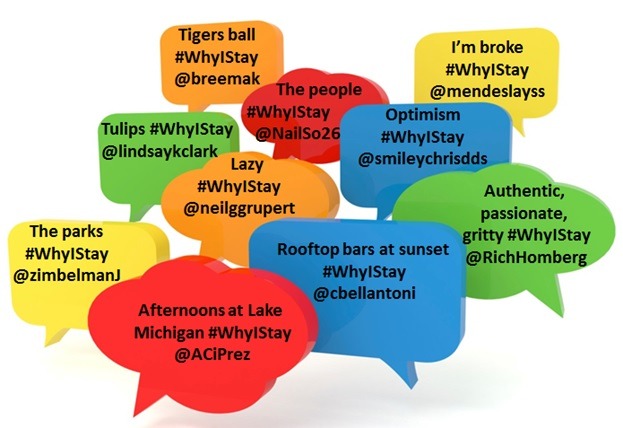

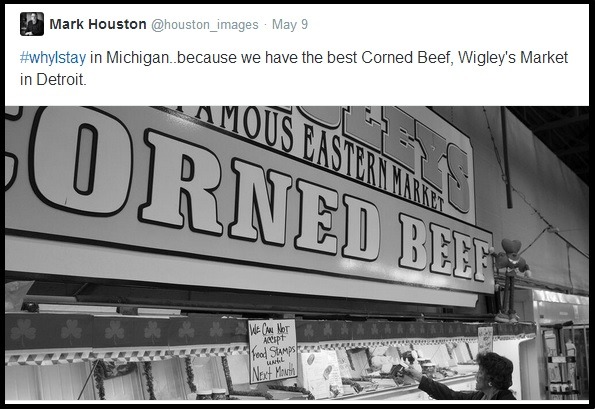
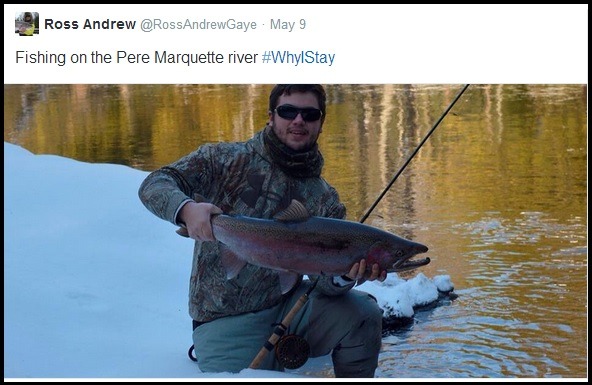
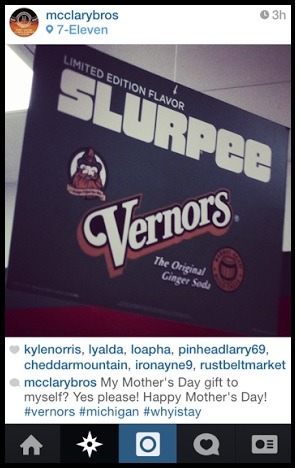
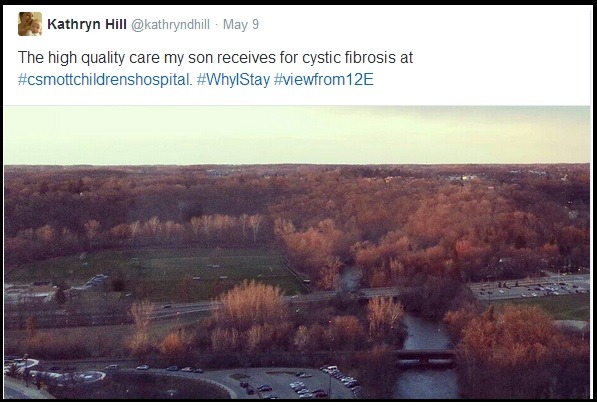
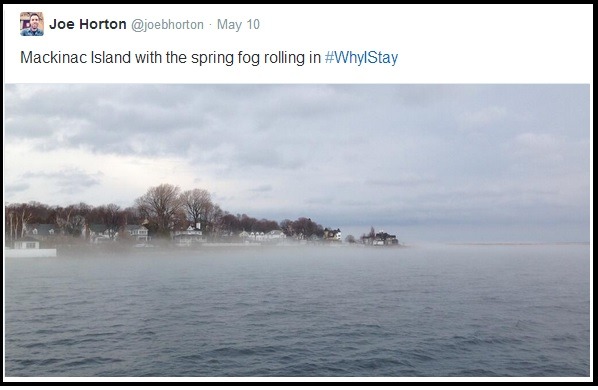
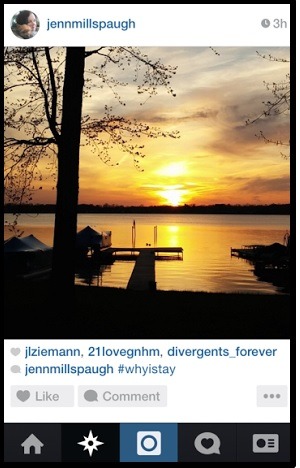
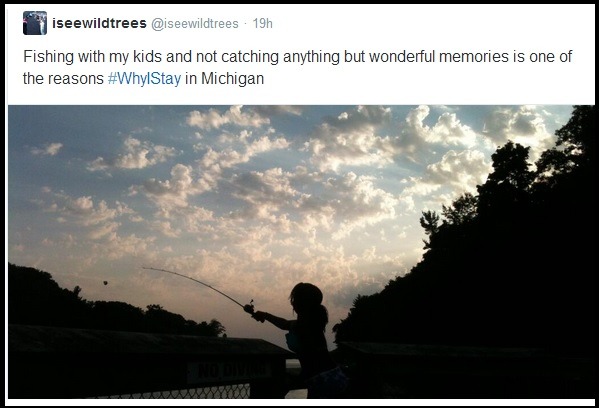

Amazing, Lori – this is by far the single best piece on the use of Social for Radio I’ve ever read. It should be required reading by everyone in Radio (cuz we’re all digital and social users – not just the “digital dept”)
I love how you call out the Radio Social status quo: reposting meaningless memes, begging for likes and endless self-centered contesting and then prove how hollow it all is with a terrific example of engagement without a self centered/promotional motivation.
This proves Radio can be a great facilitator of connection in the social space if we just stop treating the “publish” button on our social dashboard like the “on-air” button in our studios.
What a great way of putting it, Jeff, “Stop treating the publish button on our social dashboard like the “on-air” button in our studios.” Well said. I appreciate your wisdom.
Great article. Now I get it. The question still asked by General Managers about Social media is how do I make $$ off of social media or at least off set my costs? Is it simply a way to engage viewers/listeners without any real financial return.?
Wonderful to hear from you, Karole. Before anything can scale well enough to make money from it – we need to put the work in on the front end. With social, that means plotting out clear principles that reflect the brand’s culture and the fans’ values. We then get to work by building trust and anticipation. One way of building that is by serving the fans first, not our interests. The work has to be done on the front end for any brand to “get” anything out of social. 🙂